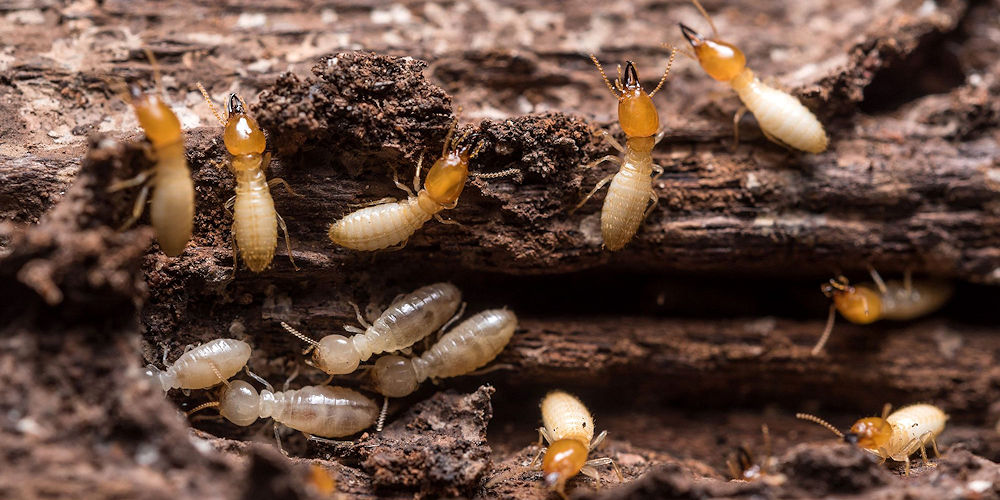Termite infestations are more than just a nuisance; they can be a homeowners worst nightmare. Hidden away within the walls, these stealthy insects cause billions of dollars in damage each year, leaving a trail of destruction that often goes unnoticed until its too late.
But just how prevalent are these infestations? Are they an inevitable part of homeownership, or can they be prevented with the right knowledge and practices? The answer may surprise you. In this article, we’ll delve into the fascinating world of termites, exploring their behaviors, the factors that contribute to infestations, and essential insights that can help you protect your home.
By shedding light on this often-misunderstood threat, we aim to equip you with the information needed to identify vulnerabilities and take proactive measures against these relentless invaders.
Understanding Termite Infestations: Prevalence and Impact

Termite infestations are more common than many homeowners realize, lurking in the shadows and capable of inflicting significant damage. Across the United States, estimates suggest that termites cause billions of dollars in property damage each year, a staggering statistic that underscores their voracious appetite for wood.
These pests thrive in varied environments, with some species found in nearly every region. The trouble often lies in their stealthy nature; by the time signs of an infestation become evident—such as discarded wings or mud tubes—their destructive work may already be well underway.
Understanding the prevalence and impact of termites is crucial for effective prevention and timely intervention, as even a minor infestation can quickly escalate into a major repair nightmare. Proactive measures and vigilant monitoring can make all the difference in protecting your home from these relentless invaders.
The Facts: Statistics on Termite Infestations

Termite infestations are a silent menace, with staggering statistics that underscore their prevalence. According to the National Pest Management Association, approximately 600,000 homes in the United States experience termite damage annually, resulting in repairs that can average around $3,000 per incident.
Alarmingly, one in every five homes will confront this unwelcome threat at some point in its lifespan. Termites, particularly the subterranean variety, can consume a pound of wood in just 24 hours, showcasing their voracious appetites.
Furthermore, regions with warmer climates, especially the southern states, report higher infestation rates, making awareness and proactive measures essential for homeowners. In a world where prevention is key, understanding the scale of these infestations is crucial to safeguarding our living spaces.
Geographic Variability: Where Are Termite Infestations Most Common?

Termite infestations are not evenly distributed across the globe; instead, they show a distinct geographic variability influenced by environmental factors. Warmer, more humid regions, particularly in the southern United States and parts of Africa, are prime breeding grounds for these wood-destroying pests.
For instance, the southeastern states, with their tropical climate, experience a higher prevalence of termites compared to the cooler northern regions, where the harsh winters deter infestations. Additionally, urban areas often see a spike in termite activity as buildings provide ideal shelter and food sources.
Interestingly, local infrastructure and construction practices can also impact termite presence; homes built with wooden structures in termite-prone zones are at greater risk. In essence, understanding the geographic nuances of termite infestations is crucial for effective prevention and management strategies.
Conclusion

In conclusion, understanding the prevalence of termite infestations is crucial for homeowners and property managers alike. While the extent of these infestations can vary based on geographic location and environmental factors, the reality is that termites pose a significant threat to wooden structures, making vigilance and preventative measures essential.
Regular inspections and maintenance can help mitigate risks, and when infestations do occur, termite fumigation remains one of the most effective treatment options to eradicate these pests and safeguard your property. Ultimately, being proactive in termite control not only protects your investment but also ensures peace of mind for years to come.


